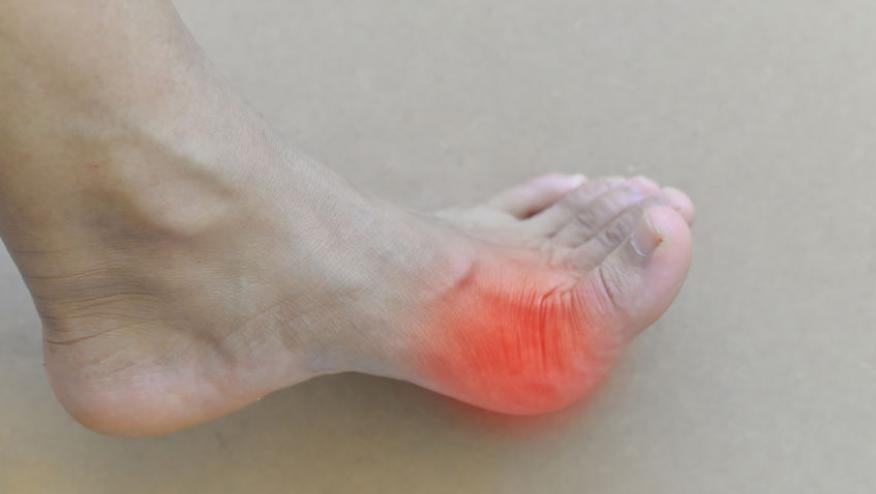Best Interventions for Gout Flares Save

A recent metanalysis assessed the comparative efficacy of current first-line pharmacologic antiinflammatory interventions for gout flares and surmised that canakinumab and intravenous or intramuscular corticosteroids are superior to nonsteroidal antiinflammatory drugs [NSAIDs].
From a total of 30 eligible RCTs the best outcomes were judged based on mean changes in pain score, tender joints, swollen joints, patient global assessment and serious adverse events (SAE). Outcomes were compared with NSAID outcomes (referent).
For pain, joint pain and joint swelling outcomes, (compared to NSAIDs) the best results were seen with:
- Canakinumab - had the highest pain reduction at day 2 and at longest follow-up (–41.12 on a 0–100 scale at day 2)
- Intravenous or intramuscular corticosteroids - inferior to canakinumab but better than other interventions (low to very low certainty)
As far as safety, the authors only considered serious AE and noted that oral corticosteroids may be safer than NSAIDs (RD –0.03 [95% CI –0.05, –0.01], very low certainty). Overall, there were no differences between any of the other interventions.
Commonly used interventions (e.g., NSAIDs, colchicine, oral steroids) were inferior to the unapproved and more expensive interventions of canakinumab and intravenous or intramuscular corticosteroids.
As there are no head to head trials, the use of network meta-analysis (NMA) may assist decision making until more informative research becomes available.
Further study, and possibly guideline modification may be called for.










If you are a health practitioner, you may Login/Register to comment.
Due to the nature of these comment forums, only health practitioners are allowed to comment at this time.